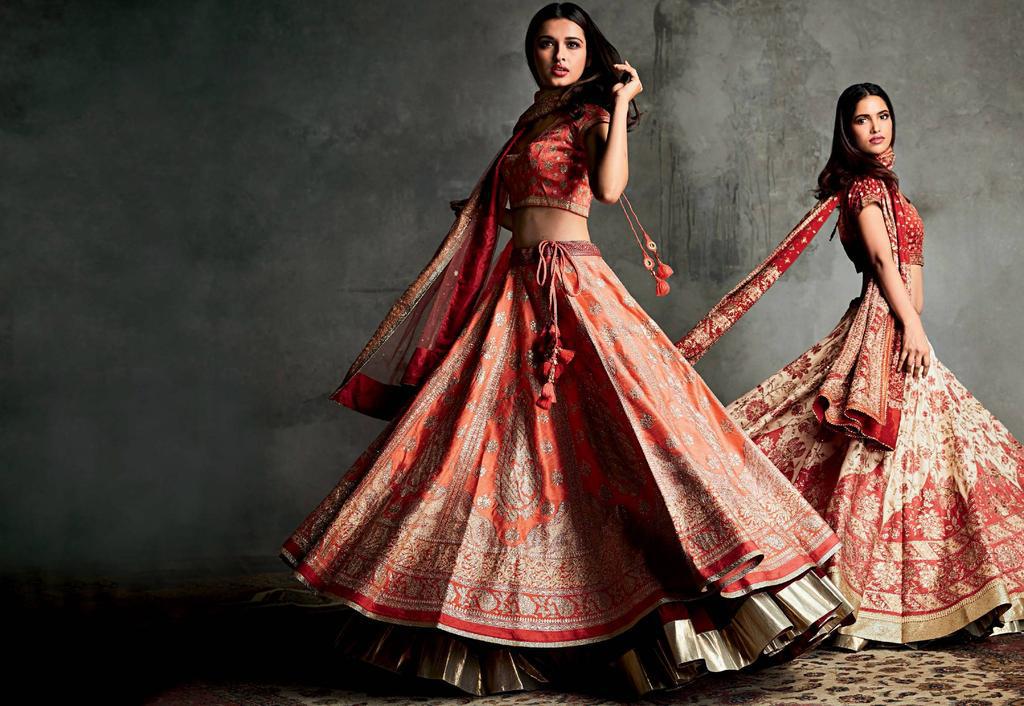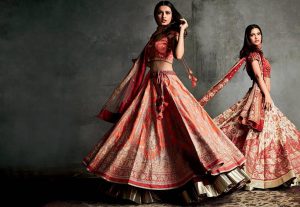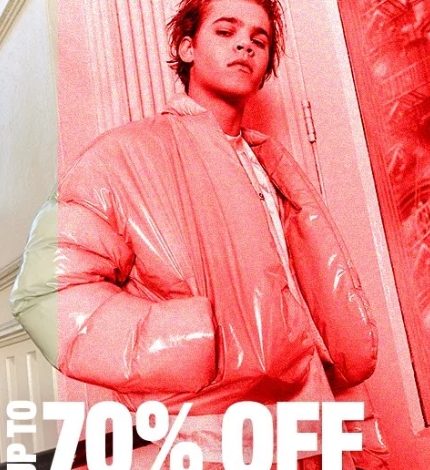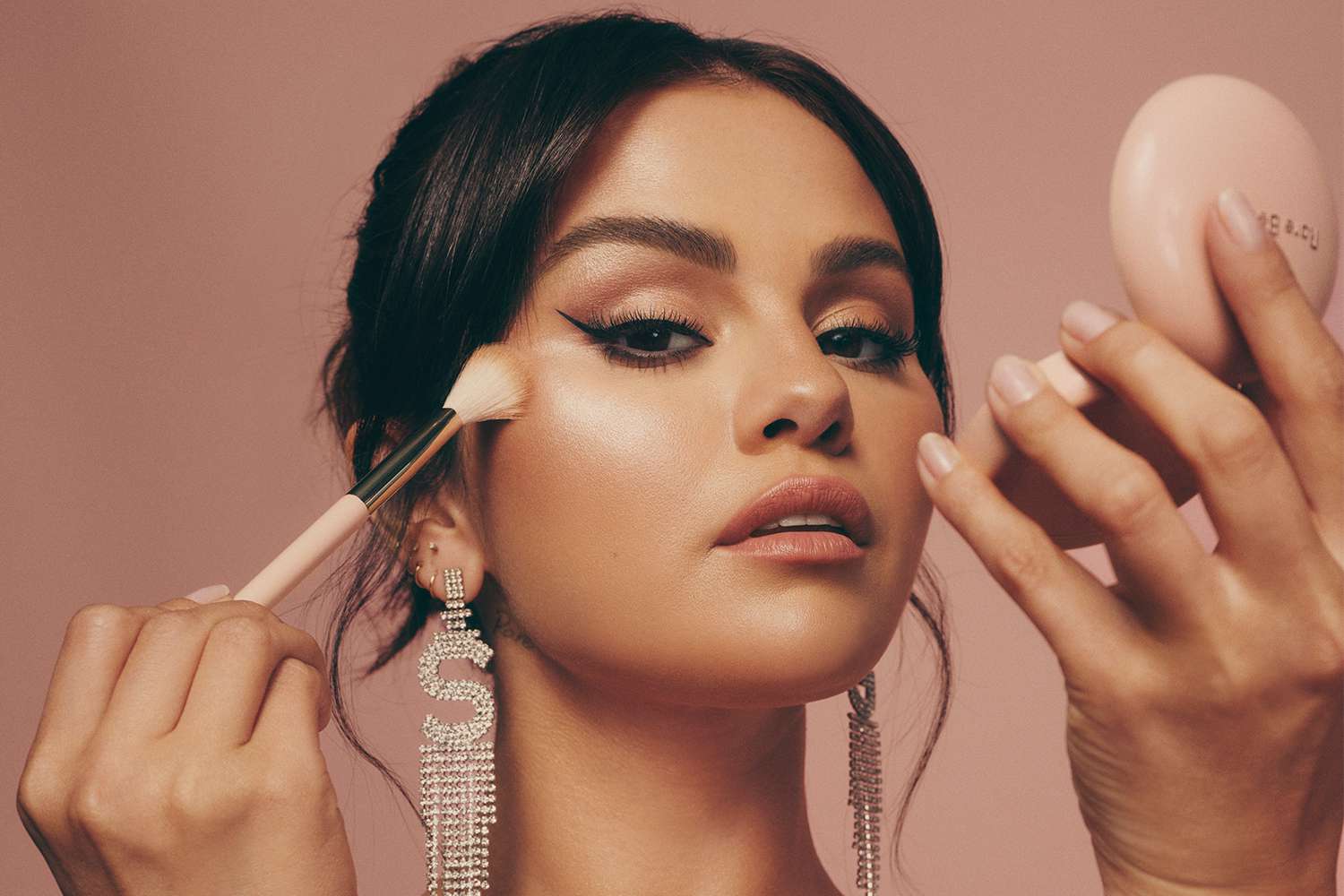
Decoding Fashion: The History of Trendsetting
I have always been fascinated by fashion and its ability to shape our identity and sense of style. From a young age, I remember poring over fashion magazines, admiring the glamorous models and stylish ensembles. Fashion, to me, is not just about clothes; it is a form of self-expression, a way to tell the world who we are without uttering a single word.

In this blog post, I want to take you on a journey through the fascinating history of trendsetting in fashion. From the iconic fashion houses of the past to the street style influencers of today, we will explore how trends are created and how they evolve over time.
Let’s start at the beginning – the birth of haute couture. In the mid-19th century, Charles Frederick Worth revolutionized the fashion industry by becoming the first designer to put his name on his creations. He introduced the concept of seasonal collections and presented them on live models, giving birth to the modern fashion show. Worth’s approach to fashion was a game-changer, as it established the idea that clothing was not just a functional necessity but also a form of art and self-expression.
As the 20th century dawned, new fashion houses emerged, each adding its own unique flavor to the ever-evolving world of style. Coco Chanel, with her sleek and simple designs, liberated women from the constraints of corsets and introduced the little black dress. Her innovative use of jersey fabric and menswear-inspired designs continues to influence fashion today.
The 1960s brought a radical shift in fashion, as the youth culture began to reject the established norms. Designers like Mary Quant and André Courrèges embraced the changing times and experimented with bold, colorful designs. Mini-skirts, bright patterns, and unconventional fabrics became the symbols of the swinging sixties, challenging traditional notions of what was considered fashionable.
The 1980s witnessed the rise of power dressing, as women entered the corporate world in larger numbers. With their oversized shoulder pads, tailored suits, and bold accessories, women like Madonna and Princess Diana became style icons who redefined femininity. Fashion became a way for women to assert their authority and command respect in a male-dominated professional sphere.
Fast forward to the 21st century, where the internet and social media have transformed the fashion landscape entirely. Thanks to platforms like Instagram, fashion bloggers and influencers have become the trendsetters of our time. Street style, once reserved for photographers capturing the fashion elite outside fashion shows, has become a global phenomenon, with influencers sharing their daily outfits and inspiring millions of followers.
Today, fashion trends change faster than ever before. What was in vogue yesterday may be deemed outdated tomorrow. Brands strive to stay ahead of the curve, predicting what consumers will want to wear months in advance. Fashion has become more accessible, with online shopping and fast fashion brands offering affordable options for everyone.
But amidst the fast-paced world of trends and ever-changing styles, it is important to remember that true style is timeless. It is not about blindly following the latest fads but rather embracing what makes us feel confident and unique. Fashion trends may come and go, but personal style is enduring.
As we navigate the world of fashion, I encourage you to stay true to yourself. Experiment with different styles, play with trends, but always remember that the most important thing is to wear what makes you feel empowered and comfortable in your own skin. Fashion is a tool to express yourself, so embrace it and make it your own.
In conclusion, the history of trendsetting in fashion is a captivating story of innovation, rebellion, and self-expression. From the pioneers of haute couture to the social media influencers of today, fashion continues to evolve and shape the way we present ourselves to the world. As we move forward, let us celebrate and embrace the diversity of styles and trends, always staying true to our own unique sense of fashion.



